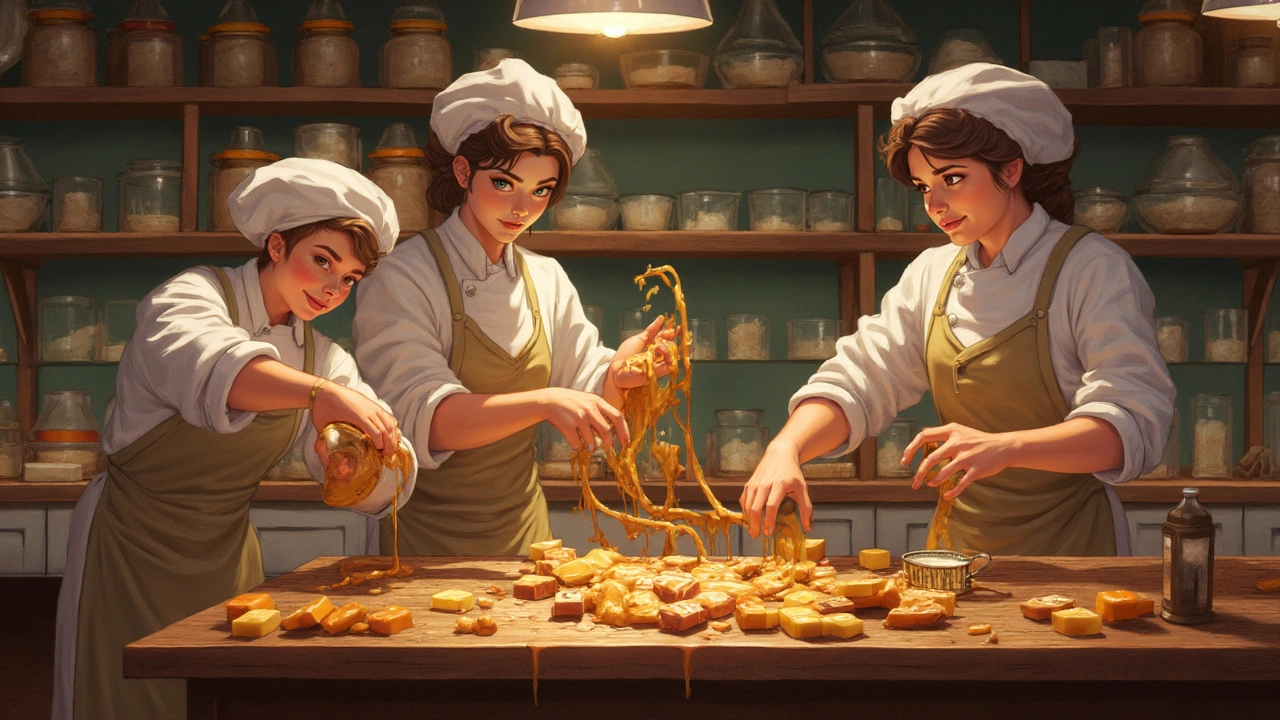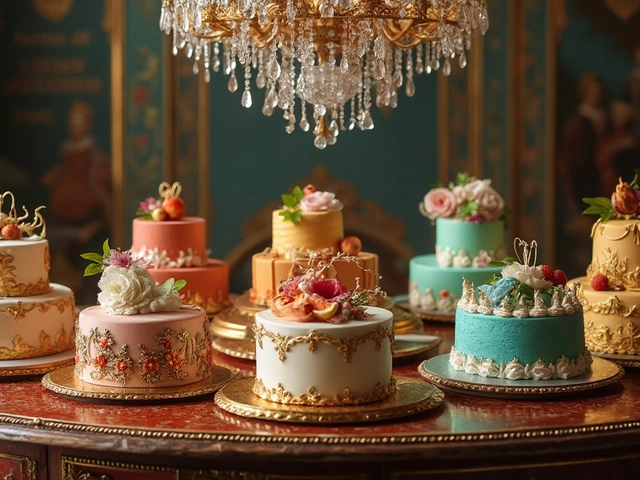Dessert Differences: Quick Guides to What Sets Your Favorite Sweets Apart
Ever wonder why two desserts that look similar taste completely different? You’re not alone. From the soft‑ball stage of fudge to the cultural twist of king cake vs. queen cake, the details matter. In this guide we’ll break down the key differences you can taste, see, and bake. Think of it as a cheat sheet for when you need to pick the right treat for a party, a diet, or just a craving.
Texture and Temperature: Why Fudge Can Be Creamy or Grainy
Fudge is a great example of how temperature changes everything. When you hit the soft‑ball stage (around 235°F to 240°F) the sugar crystals stay tiny, giving you that melt‑in‑your‑mouth feel. Heat it a little longer and the crystals grow, turning the fudge grainy and dry. The same rule applies to caramel, toffee, and even candy bars. Knowing the exact temperature lets you control whether you want a silky stretch or a firm bite.
Origins and Names: Tiramisù, Cannoli, and the King vs. Queen Cake Debate
Names often hide history. Tiramisù means “pick me up” in Italian, a nod to its coffee‑kick. Cannoli trace back to Sicilian street vendors who needed a portable dessert, which explains the crunchy shell and creamy filling. Then there’s king cake and queen cake—both celebrate Mardi Gras, but king cake is richer, layered with cinnamon and colored sugar, while queen cake is lighter, often topped with fruit preserves. Knowing the backstory helps you choose the right one for a theme.
If you’re gluten‑free, you’ve probably faced dense cakes that sink. The culprit is missing that elastic gluten network, which holds air bubbles during baking. Adding a bit of xanthan gum or a blend of rice and potato starch can mimic that structure, giving you a fluffier crumb without the heaviness.
Eggs are another hidden hero. Skipping them in cheesecake makes the texture crumbly and the slice less stable. A simple egg‑replacement like silken tofu or a tablespoon of flaxseed gel can keep the custard set while keeping it vegan‑friendly.
Birthday celebrations don’t have to revolve around a traditional round cake. Think dessert bars, layered mousse jars, or even a cheese platter with sweet accompaniments. These alternatives save you from the stress of a towering tier while still delivering wow factor.
Budget‑wise, knowing the price range of treats helps. French macarons can cost a few euros each at a boutique, but making them at home drops the price dramatically. Same with wedding cakes—spending on design and labor eats up most of the budget, so a simple naked cake with fresh fruit can look just as stunning for less.
Lastly, storage tricks keep your sweets fresh. Brownies stay soft when wrapped in foil and stored at room temperature, while fudge benefits from a cool, dry place to avoid sweating and grain growth. Freezing tiramisu? Layer it in airtight containers and thaw in the fridge overnight for a dessert that tastes like the day it was made.
Bottom line: the differences between desserts aren’t just trivia—they affect flavor, texture, and how you serve them. Use these quick facts next time you plan a menu, and you’ll impress friends without the guesswork.

Toffee vs. Fudge: What's the Real Difference?
The sweet world of candy often blurs lines between toffee and fudge, leaving many dessert lovers curious about their differences. Dive into the key ingredients, textures, and cooking methods that set these two delicious treats apart, while also discovering how to best enjoy them at home. This article simplifies their distinct characteristics and offers tips for making perfect batches. Whether you're a sweet tooth newbie or a seasoned candy maker, this guide will satisfy your curiosity and your palate.
View More
Is a Brownie a Cake? Exploring the Delicious Debate
The debate over whether a brownie qualifies as a cake has long intrigued dessert enthusiasts. While both belong to the world of baked goods, distinct differences in texture, ingredients, and baking techniques set brownies apart. This article delves into the origins of brownies, compares them to traditional cakes, and provides baking tips for creating the perfect brownie. Learn about the cultural significance of these chocolatey treats and their rise to prominence in the dessert world.
View More




